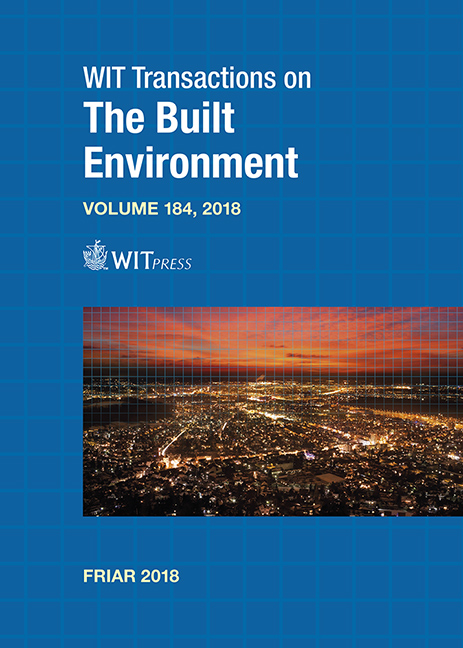MORPHODYNAMIC ANALYSIS OF THE TUCCIO RIVER, SOUTH CALABRIA, ITALY
Price
Free (open access)
Transaction
Volume
184
Pages
10
Page Range
133 - 142
Published
2018
Size
905 kb
Paper DOI
10.2495/FRIAR180131
Copyright
WIT Press
Author(s)
PAOLO FANTINO GERIA, GIANDOMENICO FOTI, PIERFABRIZIO PUNTORIERI
Abstract
The paper describes a case study of the Tuccio River, which models and analyses its discharge, sediment transport and morphological evolution, and also identifies the possible causes of evolutionary and flooding phenomena. The Tuccio River is situated in the southern extremity of Calabria, on the Ionian coast, about 30 km from Reggio Calabria. Adjacent to the river there is a town (Melito Porto Salvo), an aqueduct, and varied economic activity, most of which is related to agriculture and breeding. This is an interesting case study because the riverbed has displayed several morphological changes, many of which were recent and related to the construction of hydraulic works. The entire riverbed study area was divided into two sub-sections. The downstream sub-section is about 3.5 km long, it is heavily anthropised and has an elevation from the riverbed. Flooded areas were evaluated for this section. The second sub-section is located about 10 km upstream from the river mouth, its length is over 3 km long and it is characterised by an erosive phenomena. The sediment transport in the section was modelled and the modelling became complex. In fact, the following software was used: MapWindow (to characterise the river basin), Google Earth Pro, QGIS and the GPS Visualizer application (for the reconstruction of the DEM), HEC-HMS (for hydrological modelling), HEC-RAS2D (for hydraulic and sediment transport modelling). From the results of the HEC-RAS2D modelling it was possible to observe that in the mountain section, 50,000 t/year were eroded on average. Moreover, a significant percentage of this material was deposited downstream. This situation, together with the presence of hydraulic structures, caused an elevation of the river bed, with an increase in flood risk. In conclusion, it is possible to state that large-scale modelling as described above is particularly useful for an effective understanding of river dynamics.
Keywords
flood, modelling, sediment transport, erosive phenomena, flooding risk





